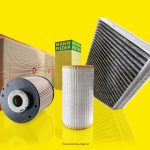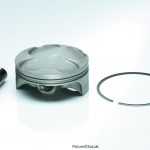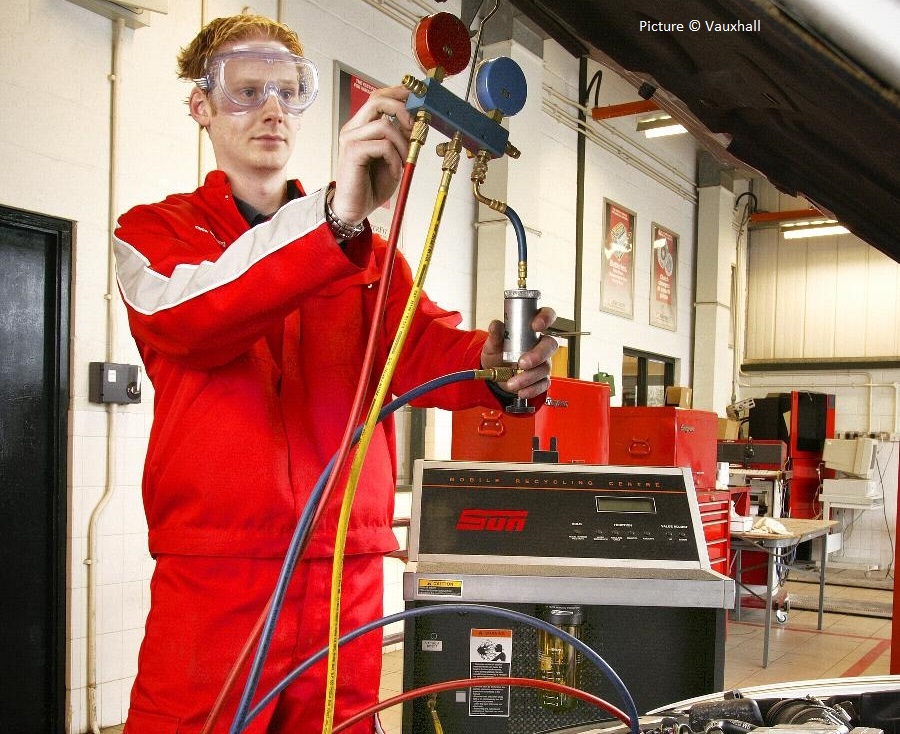We’re all looking for ways to save money and what are known as string repairs to tyres may be advertised by some as a simple way of cutting the cost of repairing a punctured tyre. However, there are many reasons why a string repair on a car tyre is neither safe nor legal.
What is a string repair?
This is a cheap way to fix a hole in a tyre. And it’s cheap because it can be done from the outside without taking the tyre off the wheel.
The repair is carried out by using a special tool to force a string-like material into the hole. The string is sticky and adheres to the sides of the puncture.
What is the problem with a string repair?
There are a number of them. First, it won’t last very long. Tyres are inflated to anywhere between 28 and 36 pounds per square inch (PSI). That air pressure is constantly trying to force its way out and will find the weakest point to do so. That, you guessed it, is the tyre string.
All that air pressure forces against the string and only the glue prevents the air bursting its way out. The glue might last a while but it won’t last for very long. And then air will start to seep out and you’ll be back with a punctured tyre.
There’s also the problem with the tyre itself. When you have a puncture, there’s every chance the tyre will get damaged, either from the sudden deflation or by being run at very low pressure.
To ensure that this damage isn’t going to cause a complete failure in the future, the tyre needs to be fully inspected from the inside by a professional.

String repairs don’t conform to standards
When tyres are repaired by professionals, that repair must conform to an approved British Standard, in this case BS AU 159.
To achieve this standard, the tyre must be removed from the wheel so that it can be properly inspected before it’s repaired. That repair is then done from the inside and uses a plug. This is so that an airtight seal can be achieved with any of the damaged part of the air-proof lining within the tyre.
BS AU 159 guidance also states that a tyre that’s repaired must not:
- have tread depth which is below the 1.6mm legal limit.
- be damaged with splits and cuts in the rubber
- have a damaged internal structure
- have any repairs previously done to the tyre that aren’t in-line with the British Standard
- suffer from significant solvent contamination
- have a damaged bead (the part of the tyre that goes round the wheel)
- have a deteriorated liner
- be suffering from damage caused to the tyre from under or over inflation
- have cords (metal wires) exposed from excessive tread wear or sidewall damage
When can you do a string repair?
You can buy tyre strings on the internet for a modest amount but they’re not designed to be used on tyres on passenger cars. They are for vehicles like golf carts and ride-on lawn mowers that don’t have to carry a great deal of weight.

I’ve been writing about cars and motoring for more than 25 years. My career started on a long-departed classic car weekly magazine called AutoClassic. I’ve since pitched up at Autosport, Auto Express, the News of the World, Sunday Times and most recently the Daily Telegraph. When I’m not writing about cars and motoring, I’m probably doing some kind of sport or working in my garden.







